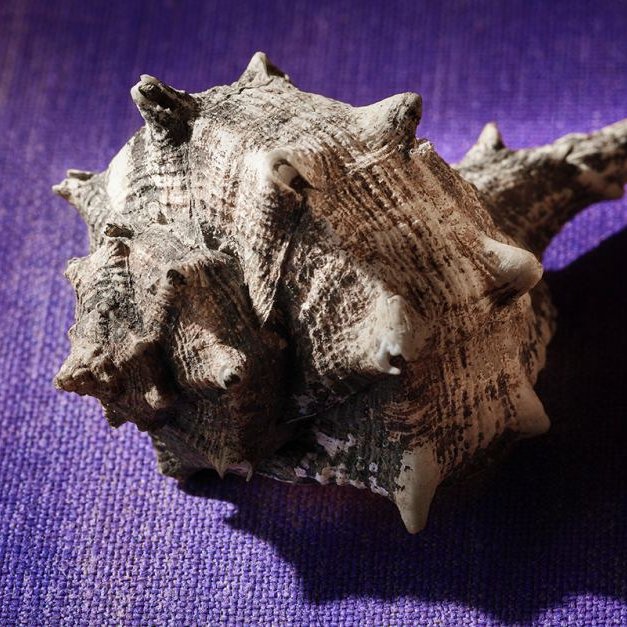
@Purpura57912934
Purpura is dedicated to 2228 years of unbroken Roman state continuity from the founding of Rome to the Ottoman conquest of Theodoro.

@Purpura57912934
Purpura is dedicated to 2228 years of unbroken Roman state continuity from the founding of Rome to the Ottoman conquest of Theodoro.